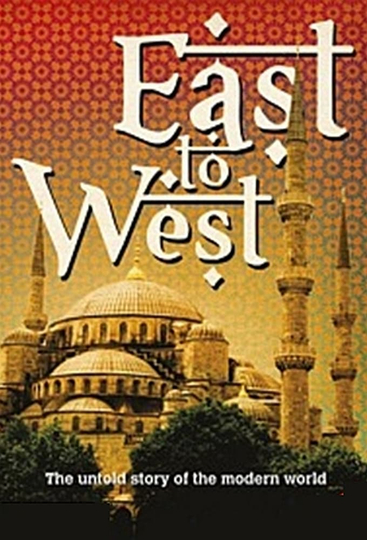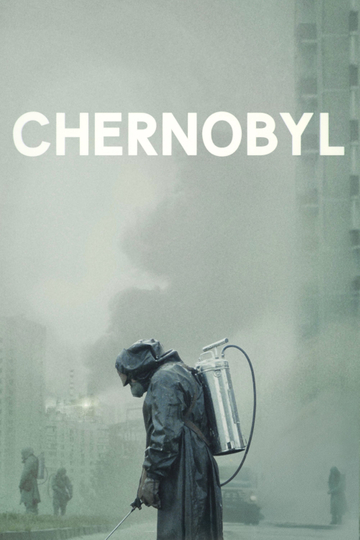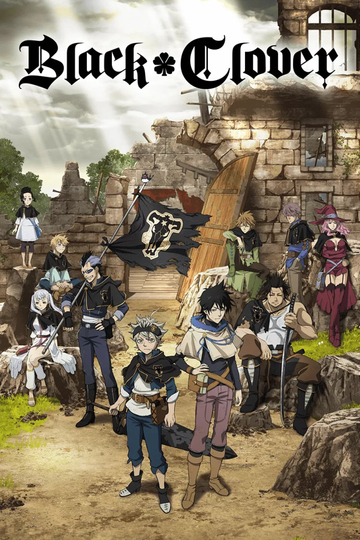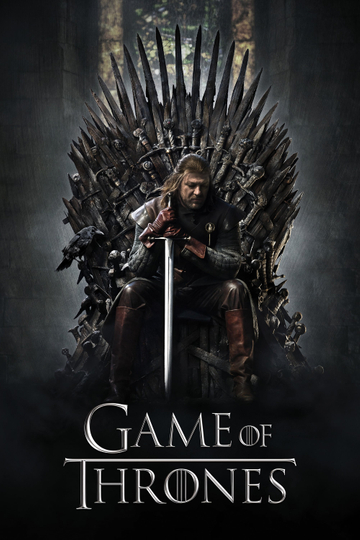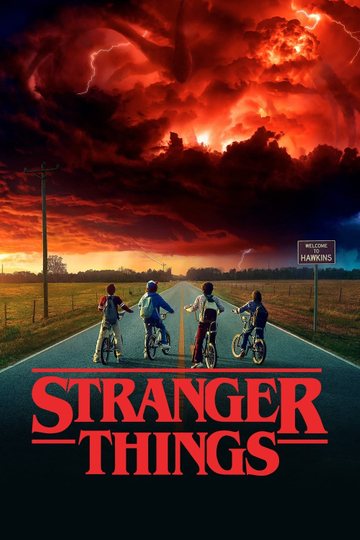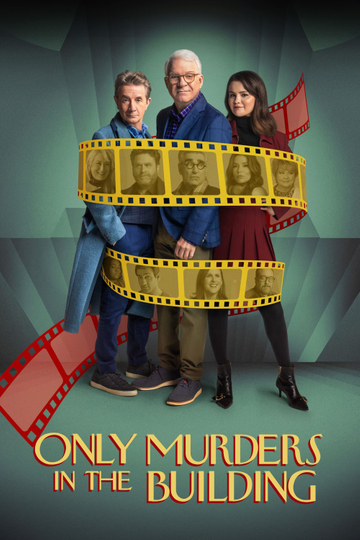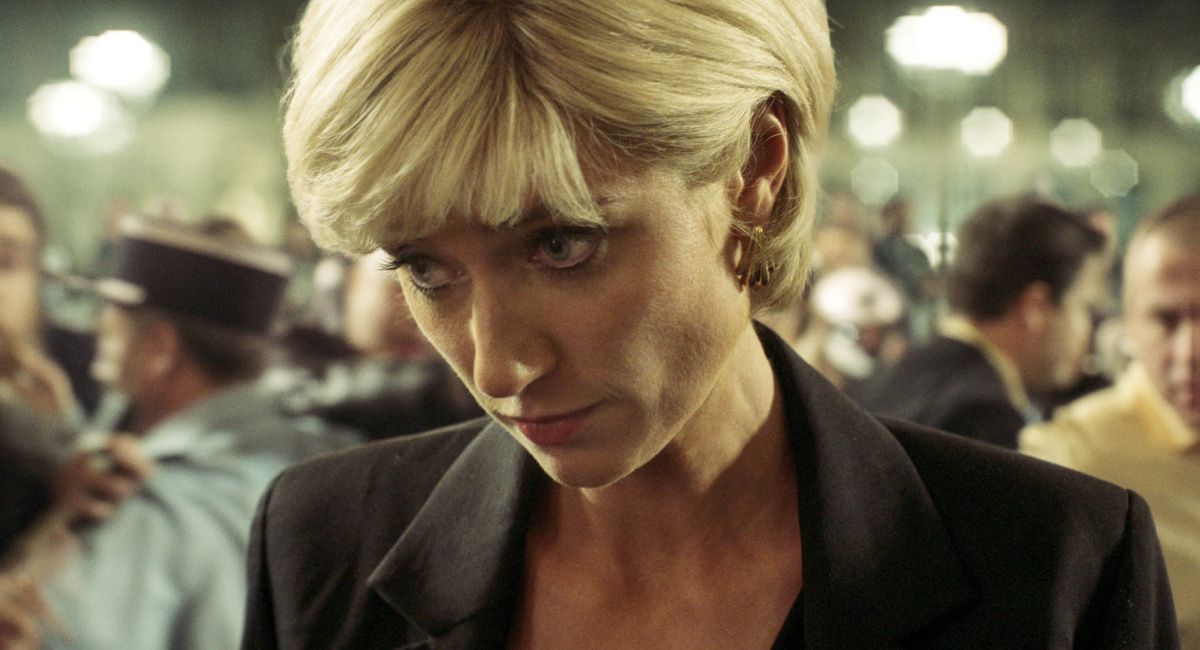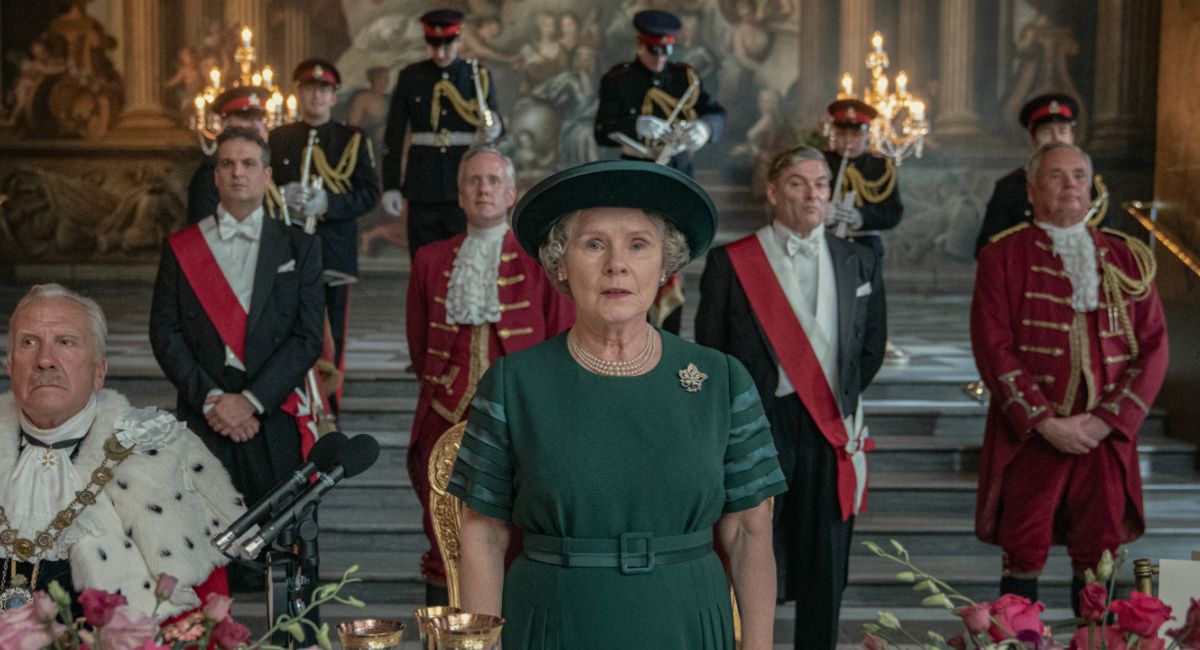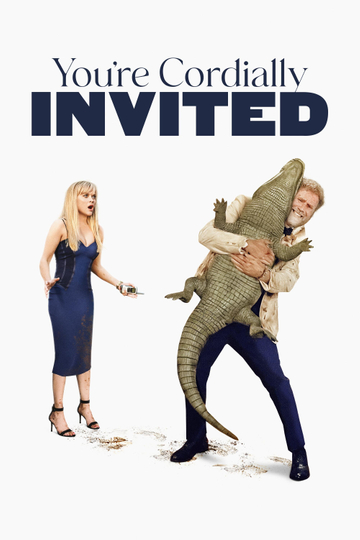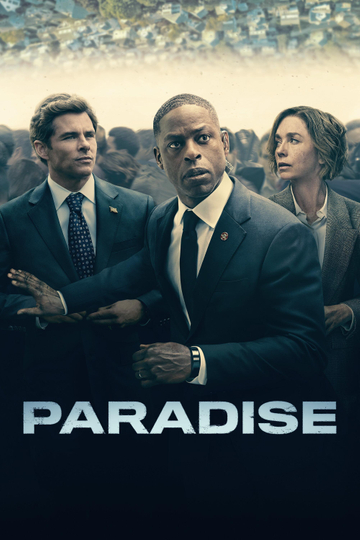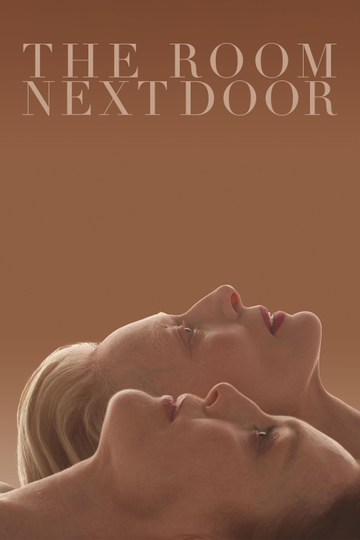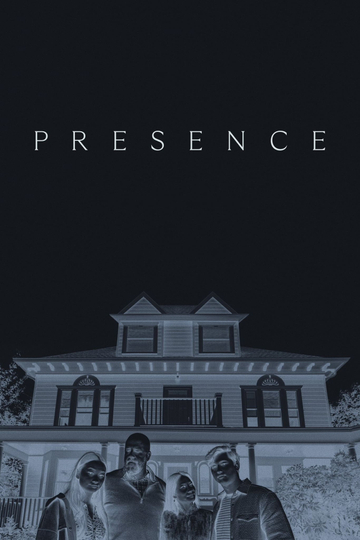Season 1 Episodes
1. Between Two Rivers
This episode follows the birth of civilization in Anatolia and the Middle East. We go back to the very beginnings; hunter-gatherers pause in Gobekli Tepe and start to build the world’s first structures around 12,000 years ago. We follow the first stages of civilization: the rise of agriculture, governance and writing in Mesopotamia. We visit ancient Babylon (Iraq) and Mari (Syria) to explore the world’s earliest cities. The latter part of the episode explores Alexander’s arrival in Troy and his conquest of the Persian Empire – a journey that made him realise what he owed to the East. In Miletus remarkable new finds show that the Greek god Aphrodite began as the eastern god Ishtar.
2. The Triumph Of Monotheism
Today one god is worshipped by two thirds of humanity. It is the culmination of an extraordinary story by which a single deity emerged from a pantheon of thousands in the crucible of religious ideas that was the ancient Middle East. In this episode we trace the birth, development and explosion of the religion of Abraham and Moses, from its very beginnings in Judaism to its triumph as Christianity within the Roman Empire. We also look at the earliest form of monotheism, as devised by Akhenaten in ancient Egypt.
3. A Force From The Desert
We trace the origins of the Arabs and Islam, from nomadic Bedouins to the sophisticated Nabataean cultures at Petra and the magnificent city of Palmyra. We then follow the story of the Prophet Mohammed in Mecca and the spread of the empire through the Middle East and North Africa. This episode balances the usual images of fanatical jihadis, to reveal the surprisingly peaceful and tolerant process by which the Islamic empire spread. We travel from Mecca to Damascus, Jerusalem to Cairo, Fez to Cordoba.
4. The Muslim Renaissance
In this film we will reveal how a golden age of invention and scholarship thrived in the Islamic World at a time when Europe lingered in a dark age; how Muslim scholars brought together for the first time the ideas of the Greeks and Romans with Persian and Indian mathematics and astronomy and developed it into the beginnings of modern Science. We will reveal the first contacts by which European scholars discovered this treasury of knowledge and how it was developed by generations of Arab-admirers (including Galileo & Copernicus) into modern science. This episode focuses on the House of Wisdom in Baghdad, the great university mosques of Cairo and uncovers ancient documents translated in Baghdad by Islamic scholars, now in the Bodleian Library, Oxford.
5. The Asian Crucible
This spectacular episode explores the extraordinary powers and civilizations that have emerged from central Asia. First the Seljuk Turks took on the Byzantines, pushing their way into Anatolia. In a cave in Cappadocia we discover a long lost painting that reveals how the two cultures co-existed. Then we follow the Mongol invasions – in Bukhara we explore its destruction and in Esfahan, Iran we see how the Mongols eventually converted to Islam and began to settle. Then in Uzbekistan again the film traces the rise of Timur and the explores the glories of Samarkand. Finally the programme follows the successors of Timur as they spread south into India, creating the wonders of the Mughal Empire. The film ends at the Taj Mahal.
6. The Rise Of The Ottomans
At the time of Elizabeth I, the greatest power in the world was not England, France or Florence, it was the Ottoman Empire – one of the world’s first truly global and multicultural Empires. The film follows the rise of the Ottomans in the Anatolian city of Bursa and tells the dramatic story of how they conquered Byzantium and transformed Istanbul. The great Topkapi Palace of Istanbul is the stage on which we describe the growth of the Ottoman Empire and hear of the unprecedented developments in science and the arts ushered in by the rule of enlightened Sultans.
7. The Ottomans And The West
The film looks at the wider Ottoman world, taking in superb merchants’ houses in Birgi (Anatolia) and Damascus. At the edge of empire, on the Persian border near Mt Ararat, we discover how the Ottoman’s controlled the extremities of Empire at Ishak Pasha’s magnificent palace. The programme then explores the growing European fascination with ‘The Orient’ throughout the 19th century, both as a place of culture and also as a trading partner and market for mass produced western goods. We end by tracing the decline of the Ottoman Empire in the dying days of the19th century, a time when the Sultans still managed to achieve great feats, including the building of the great Hejaz Railway across the Arabian desert.










